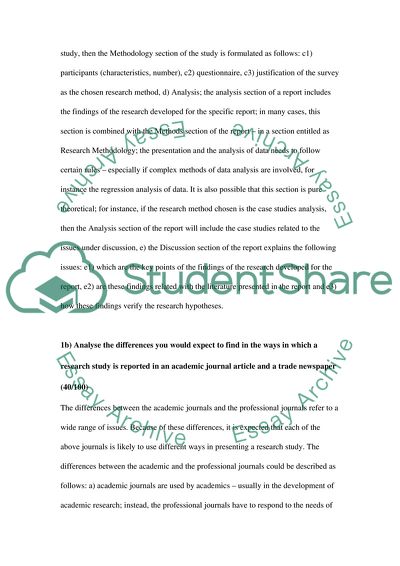Cite this document
(The Research Particularities Term Paper Example | Topics and Well Written Essays - 1500 words, n.d.)
The Research Particularities Term Paper Example | Topics and Well Written Essays - 1500 words. Retrieved from https://studentshare.org/education/1745725-prepare-the-exam-answer
The Research Particularities Term Paper Example | Topics and Well Written Essays - 1500 words. Retrieved from https://studentshare.org/education/1745725-prepare-the-exam-answer
(The Research Particularities Term Paper Example | Topics and Well Written Essays - 1500 Words)
The Research Particularities Term Paper Example | Topics and Well Written Essays - 1500 Words. https://studentshare.org/education/1745725-prepare-the-exam-answer.
The Research Particularities Term Paper Example | Topics and Well Written Essays - 1500 Words. https://studentshare.org/education/1745725-prepare-the-exam-answer.
“The Research Particularities Term Paper Example | Topics and Well Written Essays - 1500 Words”, n.d. https://studentshare.org/education/1745725-prepare-the-exam-answer.


